Hi there, pet lovers! 🦎
Few reptiles captivate the imagination like the Mossy Leaf-Tailed Gecko (Uroplatus sikorae). With their surreal camouflage, hauntingly beautiful eyes, and elusive nature, these geckos are living works of art—perfect for enthusiasts who appreciate observation over interaction.
Native to Madagascar’s rainforests, Mossy Leaf-Tails are not beginner pets, but they offer unparalleled intrigue for experienced keepers. This guide covers everything you need to know about their care, temperament, and unique needs to help you decide if this extraordinary gecko belongs in your home.
Overview
Mossy Leaf-Tailed Geckos are arboreal, nocturnal lizards renowned for their unmatched camouflage and striking appearance. Here’s a quick summary of what makes them unique:
- Handling & Temperament: Delicate and stress-prone; best suited for observation.
- Care & Maintenance: High humidity, precise temperatures, and live insect diet required.
- Health & Durability: Sensitive to poor conditions; prone to stress-related health issues.
- Availability: Mostly captive-bred but still niche; expect limited supply.
- Cost: Moderate initial investment for gecko and specialized setup.
- Overall: A challenging but rewarding pet for advanced reptile keepers.
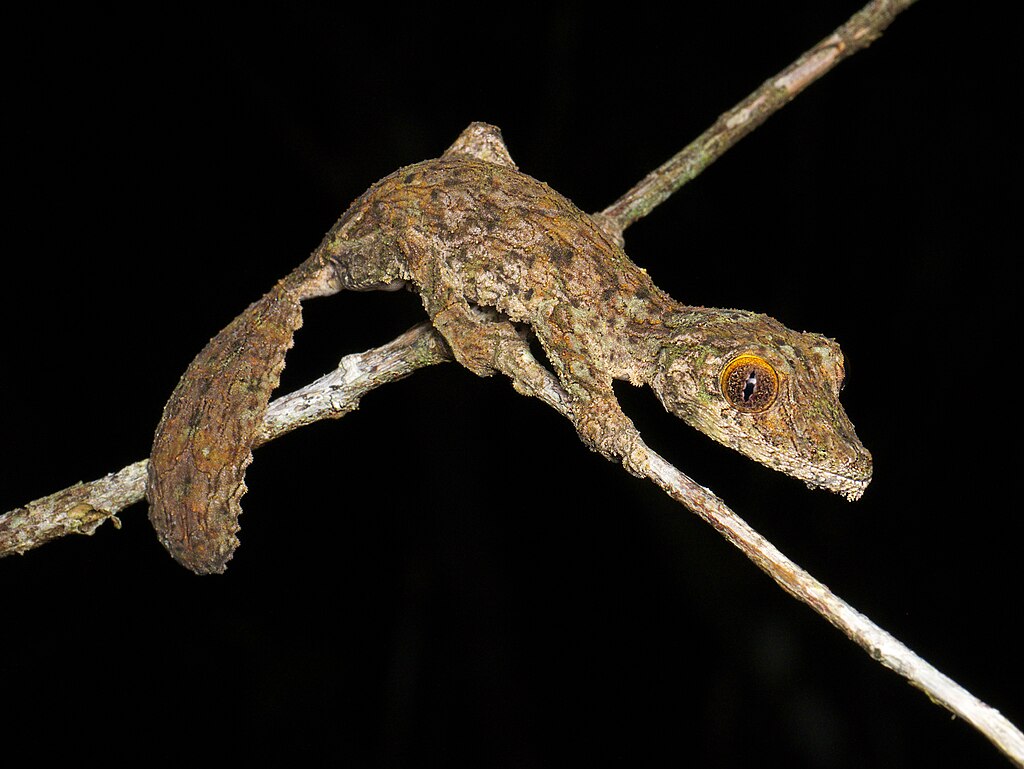
Why Choose a Mossy Leaf-Tailed Gecko?
These geckos are not for everyone, but they shine in specific settings:
- Unrivaled Camouflage: Their lichen-like patterns and fringed skin make them nearly invisible against bark.
- Low Noise & Space Needs: Quiet and thrive in vertically oriented enclosures.
- Fascinating Behaviors: Nocturnal hunters with slow, deliberate movements.
- Long Lifespan: Can live 6–10+ years with proper care.
Ideal for
- Keepers who prioritize naturalistic displays over handling.
- Experienced reptile owners comfortable with high-maintenance species.
- Those passionate about Madagascan wildlife and conservation.
Handling and Temperament
A Hands-Off Pet
Unlike Crested Geckos, Mossy Leaf-Tails do not tolerate frequent handling. Their fragile skin can tear, and they may drop their tails (which don’t regrow) or go limp when stressed.
Key Temperament Traits
- Skittish & Nocturnal: Most active at night; hide during daylight.
- Freeze or Flee Response: When startled, they may leap unpredictably.
- Minimal Bite Risk: Rarely bite, but their stress should be minimized.
Handling Tips (If Necessary)
- Limit to essential situations (vet visits, enclosure cleaning).
- Support the body fully—never grab or restrain.
- Work over soft surfaces to prevent injury if they jump.
Care and Maintenance
Advanced Husbandry Requirements
Mossy Leaf-Tails need a meticulously controlled environment mimicking Madagascar’s humid forests.
Enclosure Setup
- Size: Minimum 18″x18″x24″ for one adult (larger preferred).
- Vertical Space: Essential for climbing; use cork bark, branches, and live plants.
- Substrate: Moisture-retaining mix (coconut fiber, sphagnum moss) with a drainage layer.
- Hiding Spots: Dense foliage and flat cork slabs for daytime concealment.
Humidity & Temperature
- Humidity: 75–90% (mist 2–3x daily or use an automated system).
- Temperature: 72–78°F (22–26°C) daytime, slight drop at night.
- Avoid heat above 80°F—can be fatal.
- Ventilation: Critical to prevent stagnant air and mold.
Diet & Feeding
- Insectivores: Feed gut-loaded crickets, roaches, and snails.
- Supplements: Dust prey with calcium + D3 2–3x weekly.
- Feeding Schedule: Adults every 2–3 days; juveniles daily.
Lighting
- Low-level UVB recommended for calcium metabolism (despite being nocturnal).
- No basking lights—use ambient room lighting or a low-wattage LED.

Health and Durability
Sensitive but Manageable
These geckos decline quickly if conditions are off. Common health issues include:
- Dehydration & Shedding Problems: Caused by low humidity.
- Metabolic Bone Disease (MBD): From insufficient calcium/UVB.
- Respiratory Infections: Due to poor ventilation or cold temps.
- Stress-Related Weight Loss: Often from excessive handling.
Preventative Care
- Daily humidity checks with a digital hygrometer.
- Quarantine new geckos (wild-caught may carry parasites).
- Minimize disturbances—no loud noises or sudden movements near the enclosure.
Availability and Cost
A Niche, Pricey Pet
- Wild-Caught: $100 to $200 (not recommended due to stress/parasites).
- Captive-Bred: $250 to $400+ (healthier and more adaptable).
- Setup Cost: $300 to $600 for enclosure, misting system, and decor.
Where to Buy
- Specialty Breeders (e.g., Burtopia Geckos).
- Reptile Expos (ask for captive-bred proof).
- Avoid pet stores—most stock wild-caught imports.
Pros and Cons
Pros
✔️ Mesmerizing natural camouflage.
✔️ Quiet and space-efficient.
✔️ Rewarding for advanced keepers.
Cons
❌ High humidity demands daily attention.
❌ Fragile—not for handling.
❌ Expensive initial setup.
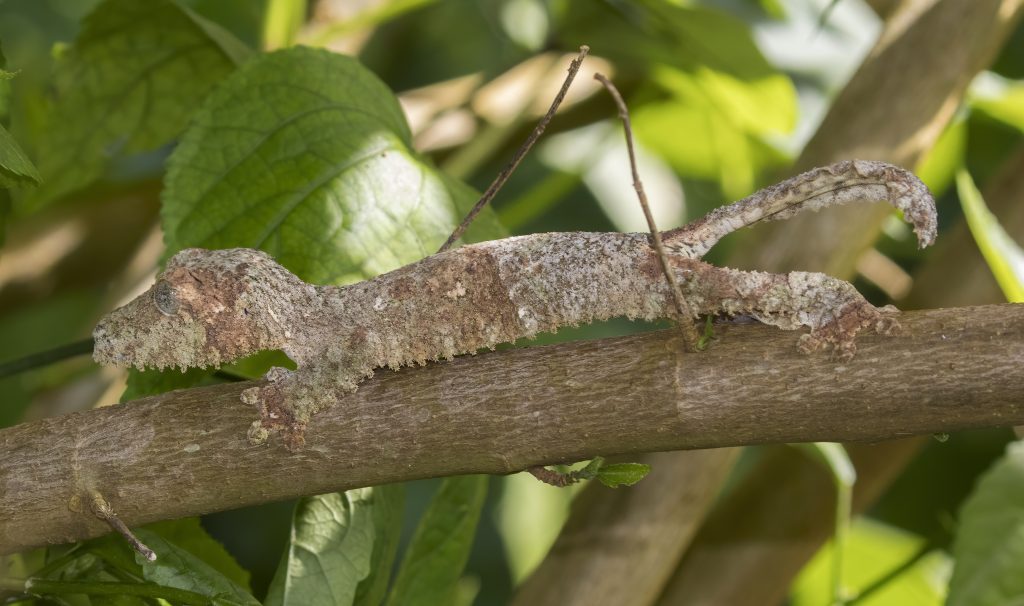
Final Thoughts
The Mossy Leaf-Tailed Gecko is a jaw-dropping display animal for those who value beauty over interaction. While their care is complex, the payoff is a living piece of rainforest artistry.
Best for
- Experienced reptile keepers comfortable with humidity management.
- Naturalistic vivarium enthusiasts who enjoy observing stealthy behaviors.
- Conservation-minded owners supporting captive breeding efforts.
Not for
- Beginners or those seeking a handleable pet.
- Keepers unwilling to invest in automated misting/lighting systems.
For those ready for the challenge, this gecko is unlike any other reptile pet. Have questions? Share them in the comments!
Have you owned a Mossy Leaf-tailed Gecko? Share your experiences and tips in the comments below! We’d love to hear how you care for your gecko and what makes them special to you.
Want more exotic reptile guides? Subscribe for deep dives into rare species and expert care tips! 🦎

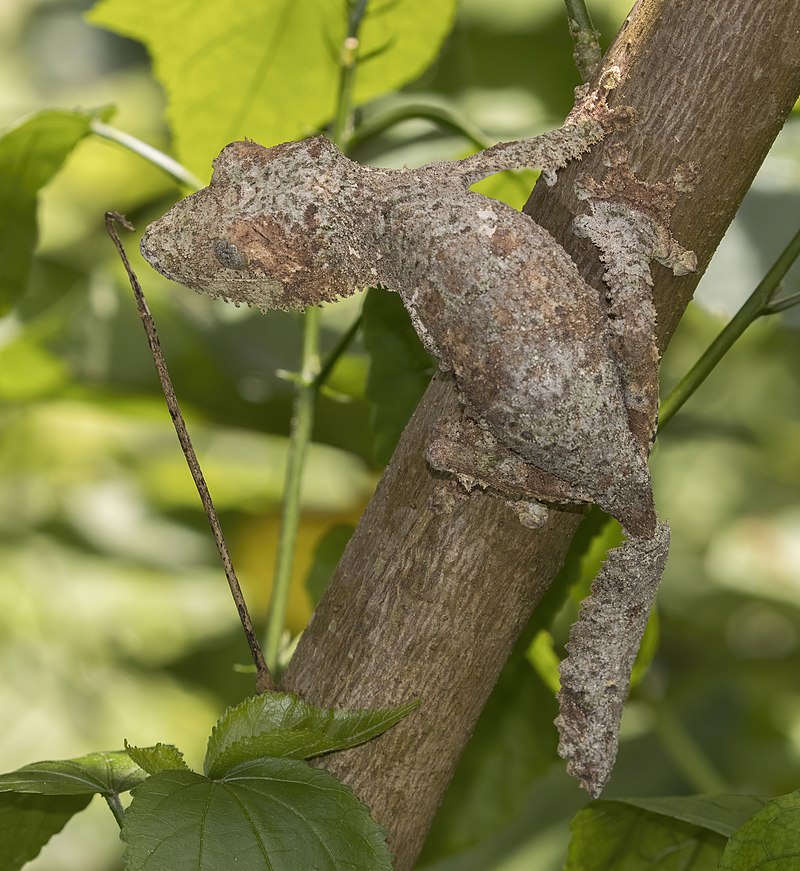


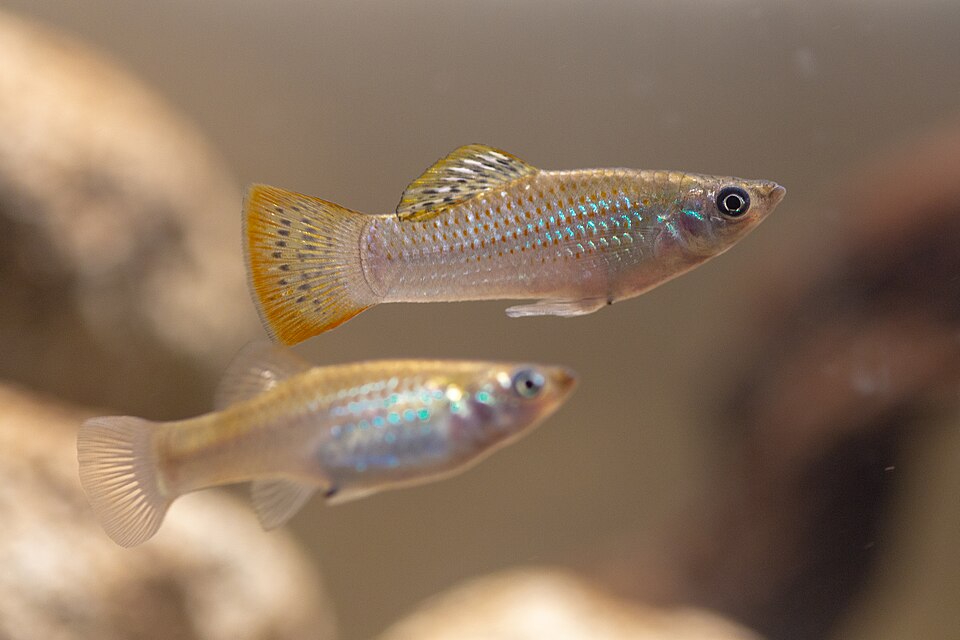

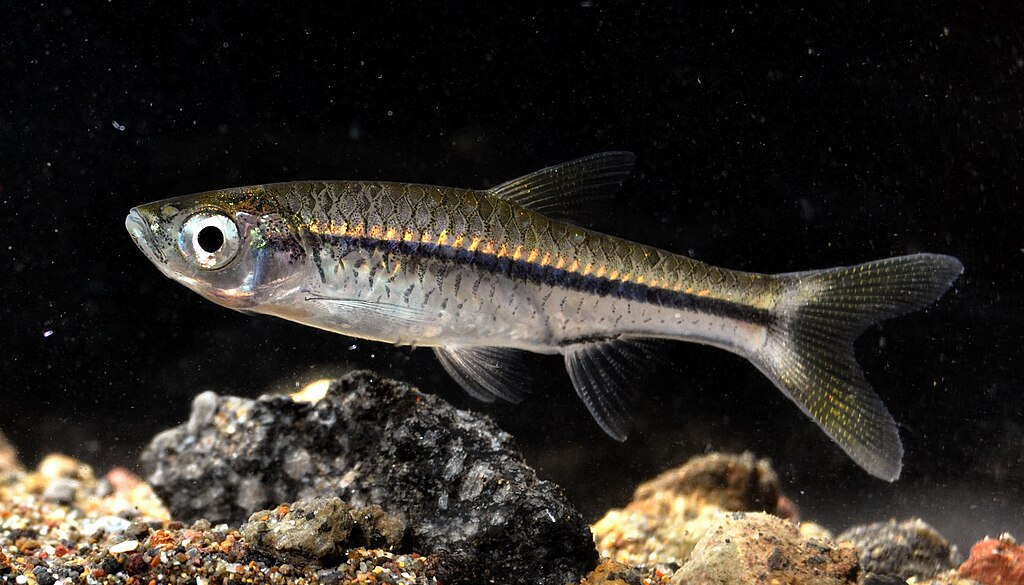
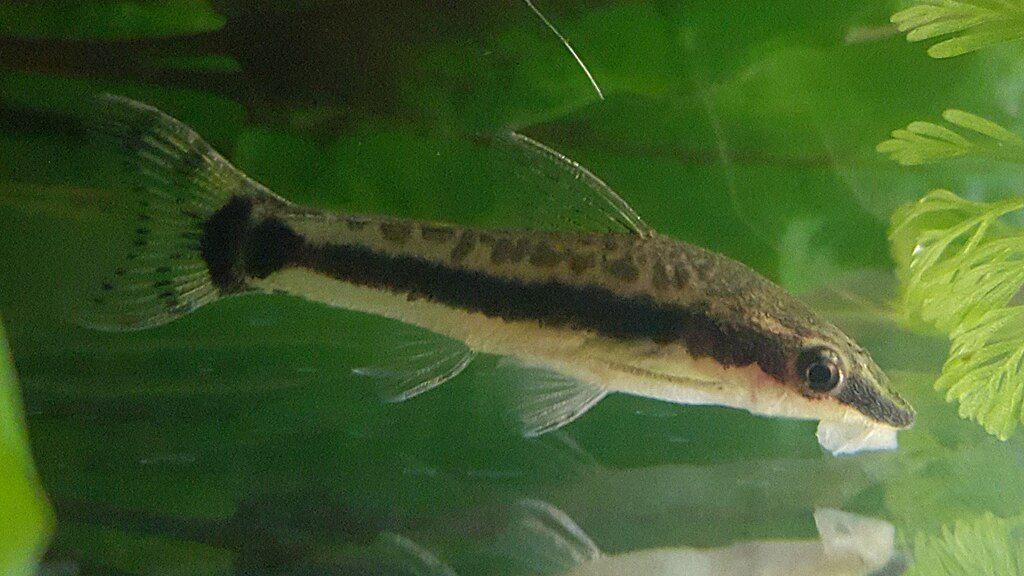
Leave a Reply